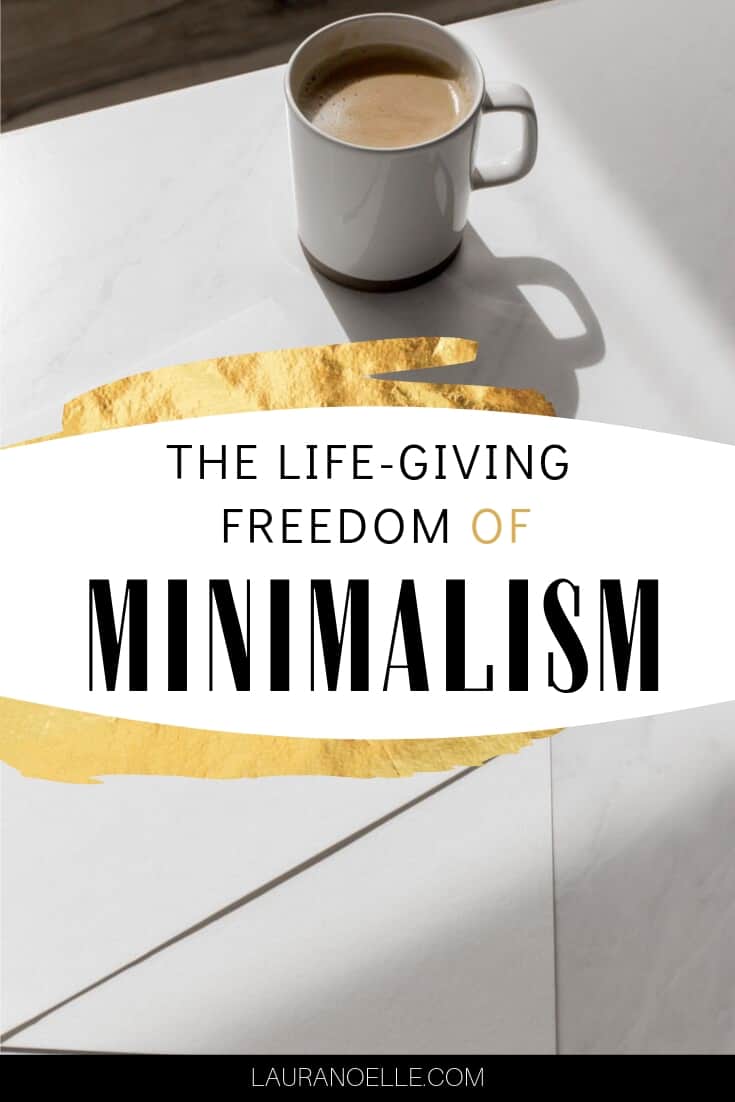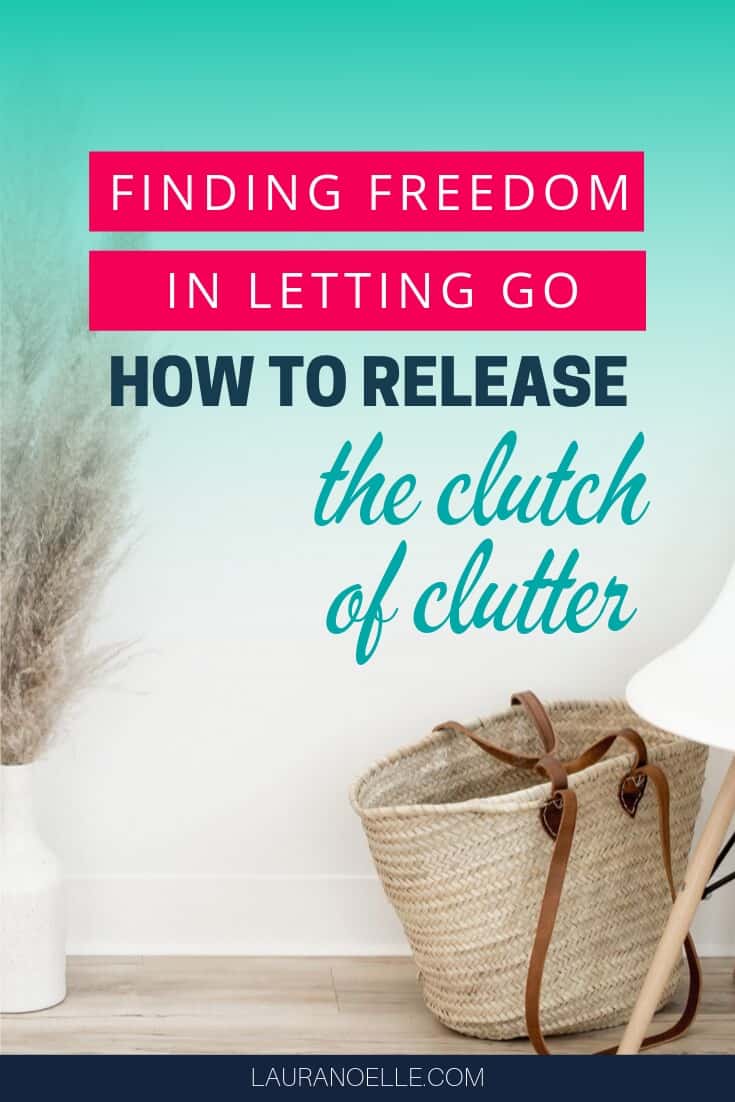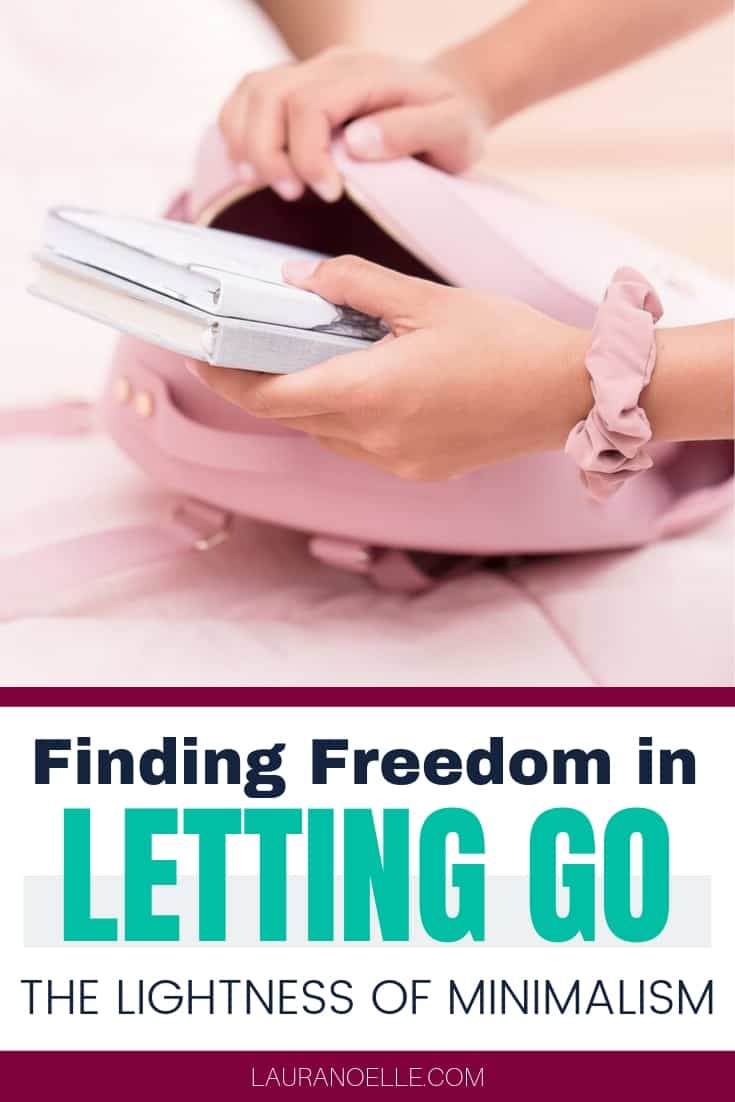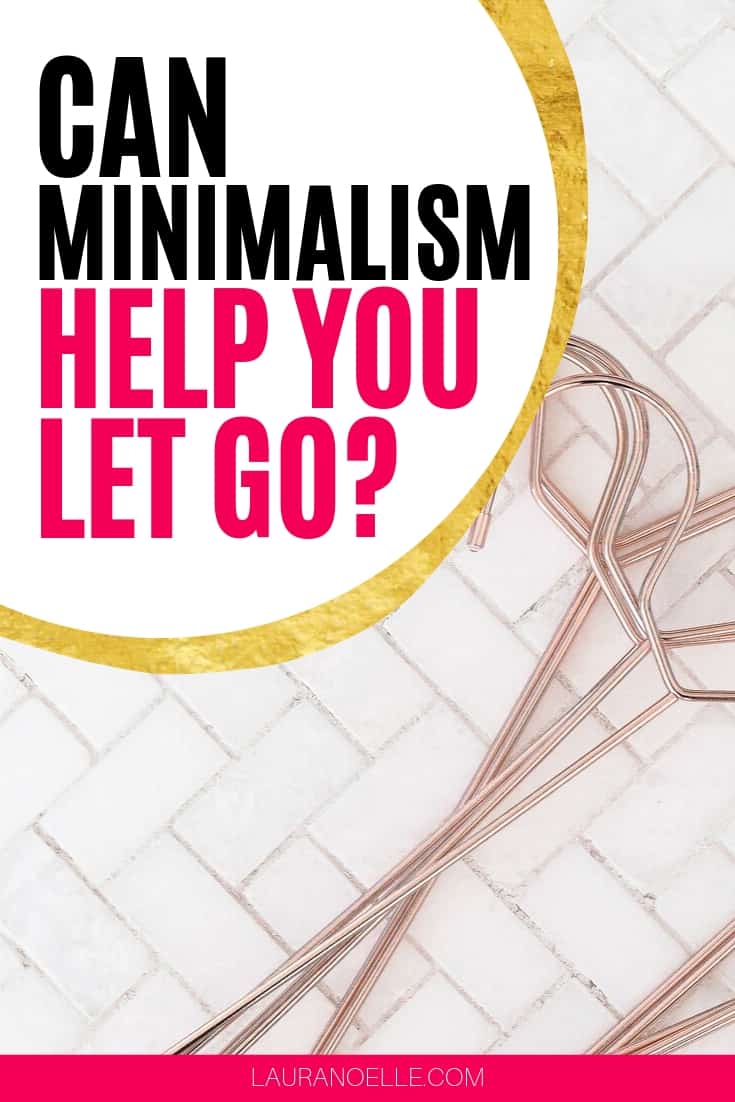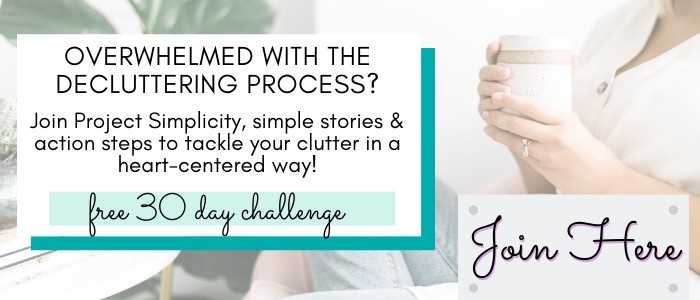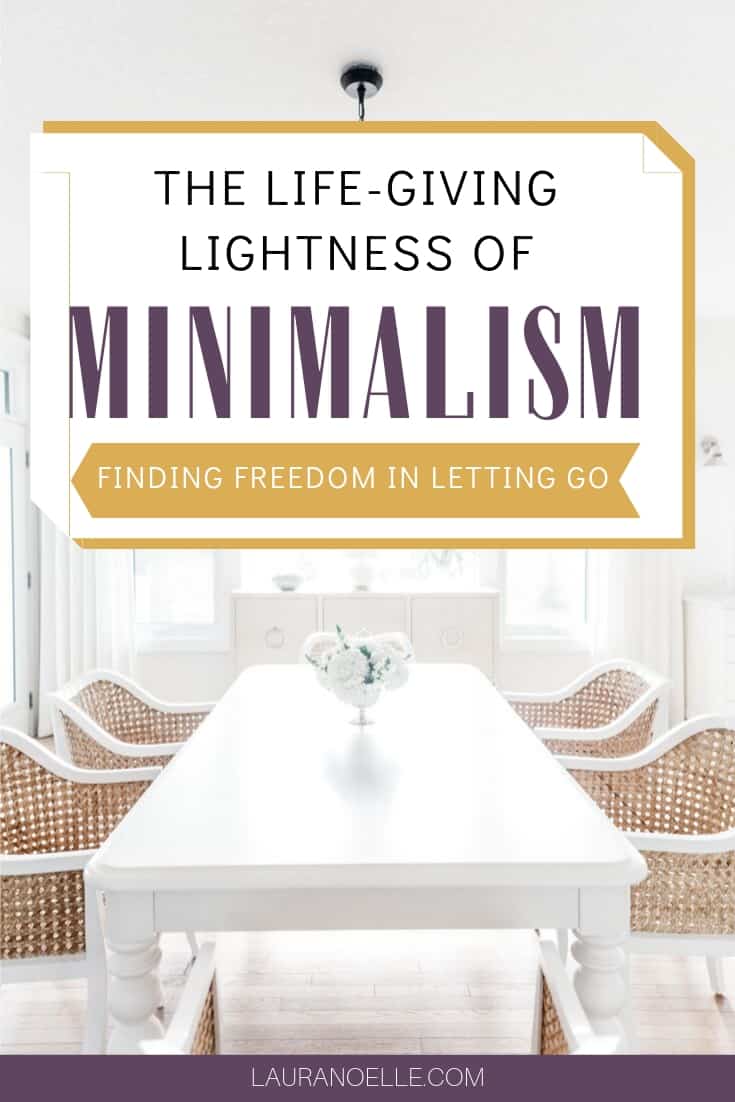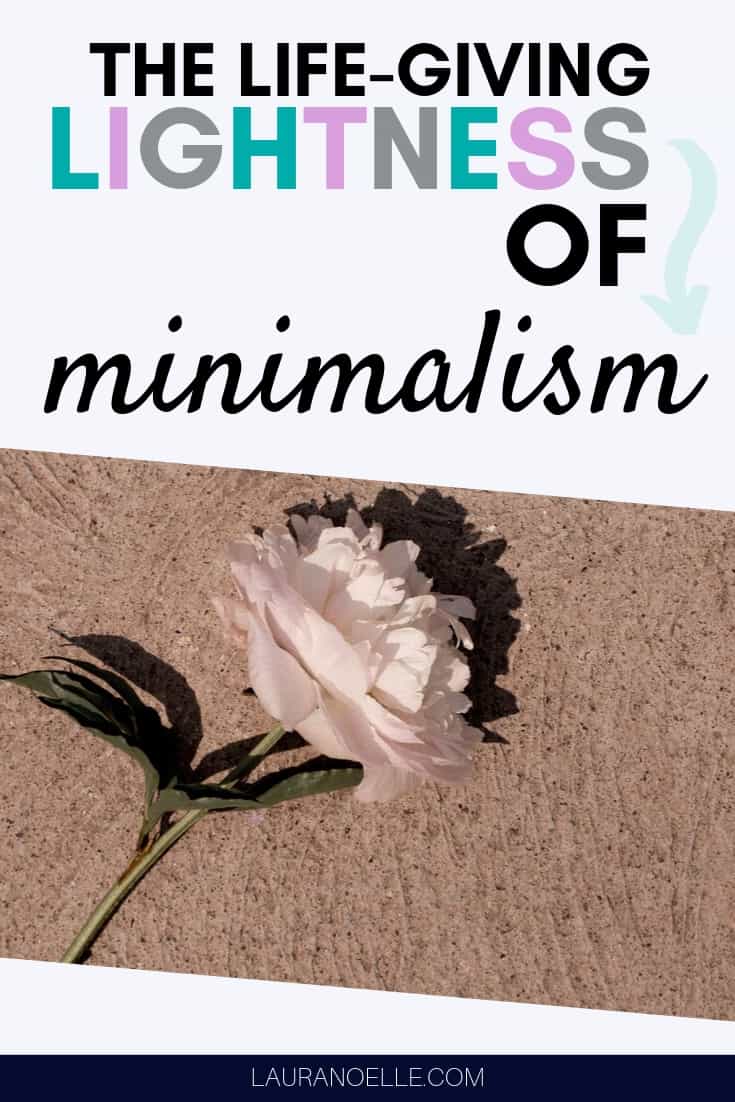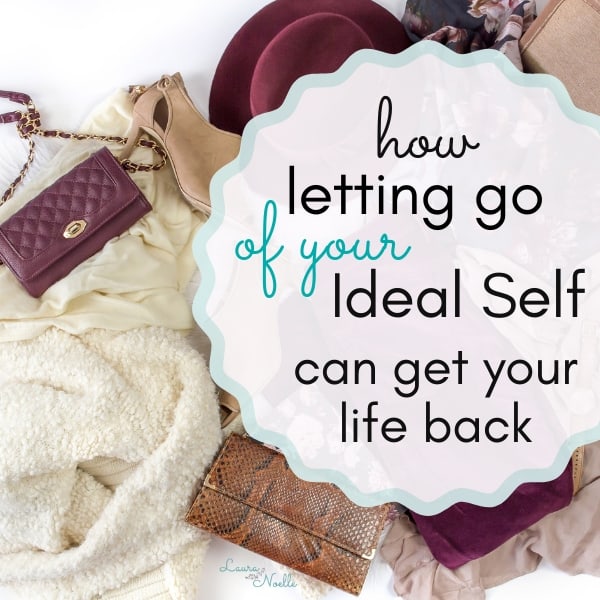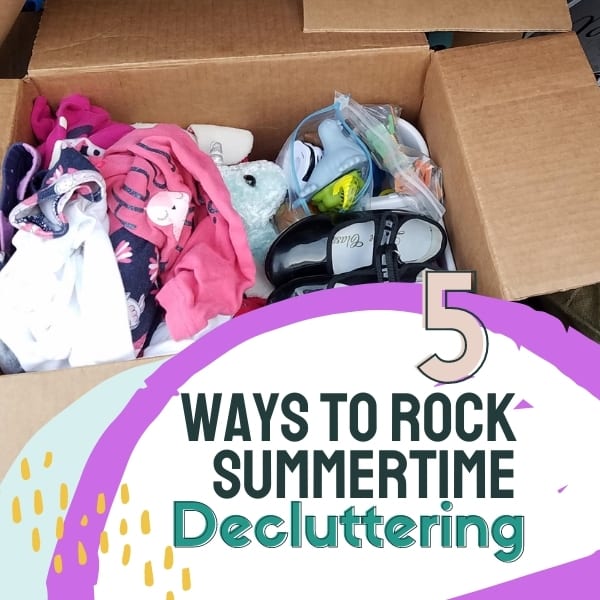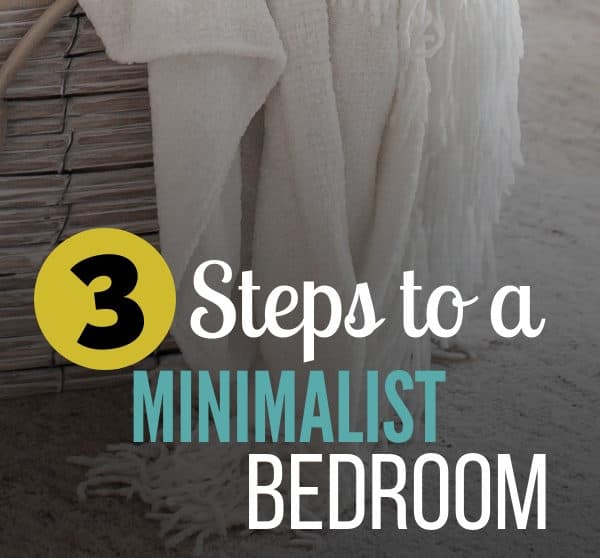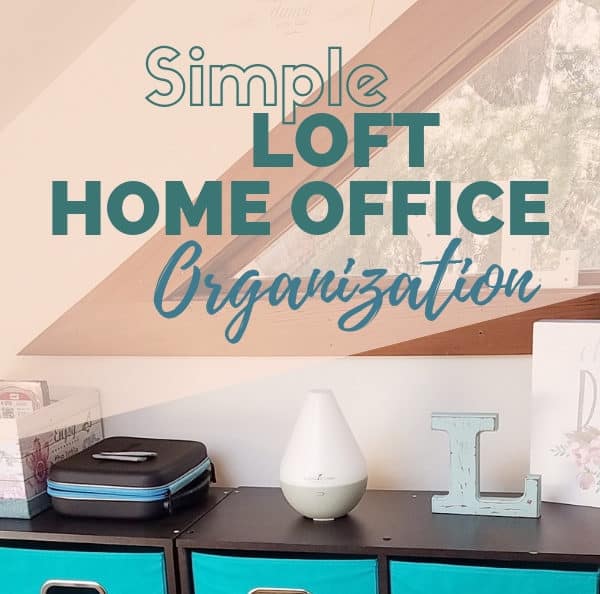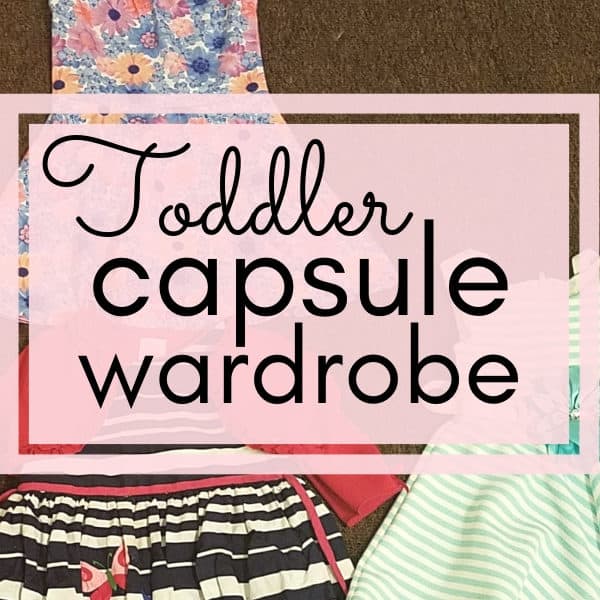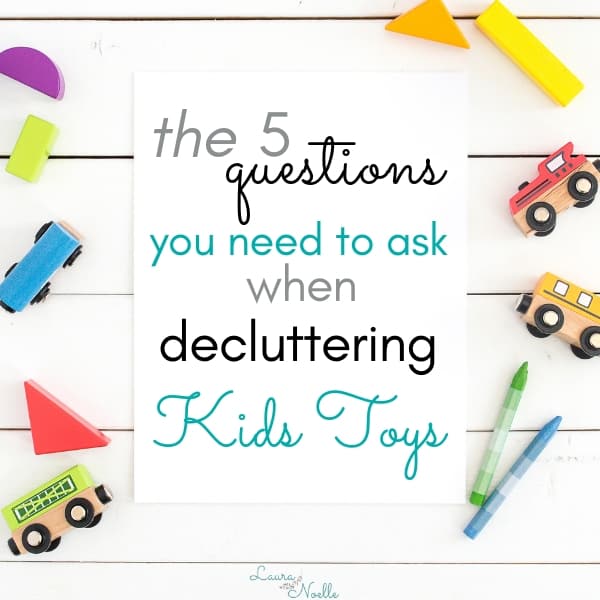The Life-Giving Lightness of Minimalism || Finding Freedom in Letting Go
This post may contain affiliate links, which means I may receive compensation if you make a purchase using one of these links.
If you’ve ever struggled to let go of an item, you’re not alone! Here’s how I found freedom from the clutches of clutter, and you can too.
By the time my daughter was born four years ago, I began to feel like I was drowning in endless piles of stuff. Well-meaning friends handed over bag after bag of clothes, blankets, and gear. And while I am so grateful for their generosity, the fact is that we could have made do with a whole lot less stuff than we collected.
But really, the clutter problem started long before kids. It stems back to my own childhood, because I always had a problem letting go.
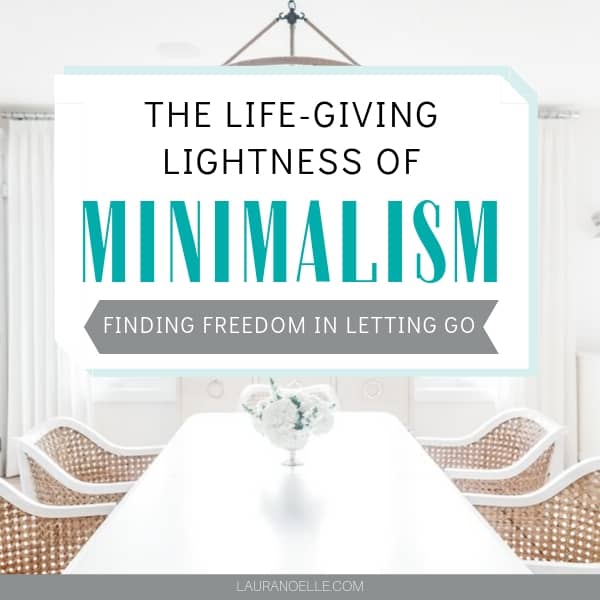
Perhaps you also struggle with letting go. Emotional attachment to our physical things is common, though some personality types are more likely to feel stronger attachments than others.
The clutter was real. These are real-life pictures of our attic, garage and never used dining room table.
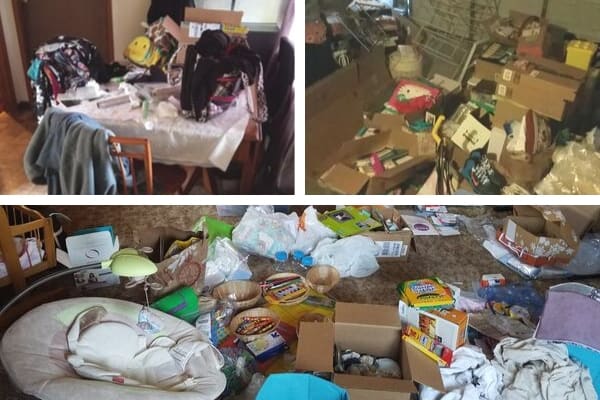
We downsized and moved into a house with no attic and no garage. Essentially, almost no storage at all aside from a few small closets. And though we had two large garage sales and gave away thousands of items, in our new small home, boxes and piles of stuff collected in corners and…let’s just face it, stuff was everywhere. It was overwhelming and discouraging.
I’d been pursuing minimalism for three years and our family still had so much clutter. I knew that minimalism could change everything for our family and that it would require me to seriously let go.
What Minimalism Is Not
First, I want to address what minimalism is not. Because there are a lot of misunderstandings and expectations that are just not true.
- Minimalism is not an obsession with owning as little as possible
- Minimalism is not a fixation on having “empty” rooms
- Minimalism is not only owning a certain number of items
While using numerical limits within categories can be motivating (such as the Project 333 challenge), owning just 300 items, or 100, or even 1000 is not required to have a simple life.
Letting go of the things that hold you back — physical, emotional, mental… that’s the definition of simplicity. In the words of Socrates, learning to enjoy less is far more meaningful than seeking to acquire more.
Releasing the distractions to let the most meaningful things in your life shine requires you to define for yourself what you value most and how you will prioritize them.
Minimalism is a mindset and a journey to a life-giving lightness and freedom we simply can’t experience when we’re drowning in clutter.
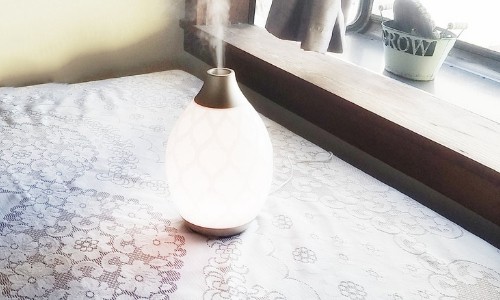
So how do we start letting go?
Get Practical
We typically hold on to material items because we are fearful of losing memories or we feel we may need that item in the future. In essence, we let a fear of the unknown future and possible loss keep our homes (and us) captive.
When you look at the clutter in your home, how does it make you feel? Looking at the piles on the counter, table, floor, bookshelves… They made me feel stuck, suffocated, and frustrated. If the clutter in your home is stirring up stress and negative emotions, it’s taking a bigger toll on your heart than you may realize.
The first way to combat emotional attachment and overwhelm is to get extremely practical. Ask yourself:
- If the surfaces in your home were clear, how would it make you feel?
- If you (and other family members) knew where items belonged, how much time would you save not having to search for lost things?
- If there were fewer material items in your home, how would it simplify your family life? (think kids, cleanup, housework, etc.)
And here’s the hard one.
- What percentage of material items in your home no longer serve you, or are constant reminders that have you stuck in the past?
You may not know the answer to this question until you really dig into your clutter spots and storage spaces, and that’s okay. But open your mind to realize that much of your home may be filled with things from parts of your life that are now in the past, or a part of your “ideal self”.
As I learned to let go of emotional attachments, I began to declutter my Ideal Self, and it was an eye-opening journey.
Practical thought removes (or reduces) the emotional involvement with your stuff and allows you to think realistically. Do you like the item? Do you use it? Does it spark joy or bring you negative feelings? Could you live without it? Is it something you need to own forever or could you borrow it from someone else if you needed it in the future?
These days there are so many ways to share and find items that may be needed for projects, such as the Buy Nothing Project in local communities, thrift stores, and neighborhood co-op groups that there is no reason to own everything, in case you need it someday.
Ask yourself: Will I use this item in the next year? If no, consider letting it serve someone else right now.
Release the Emotion
Earlier this year I was sitting in my piles of stuff and I just knew I’d had enough. I wanted to get rid of stuff, but I was struggling to actually decide what should go. So, I asked God to help me let go of my stuff.
I know, not what you expected.
But I’ll tell you, something changed that day. I began to view my stuff a little differently. It’s almost hard to explain, because I still liked my stuff. I still saw the memories. In many ways, I still wanted my stuff. But, I saw something beyond the stuff.
I saw a glimmer of lightness, of freedom, just waiting for me to let go of the stuff and embrace the open space.
When I opened my keepsake bin, I saw things I loved, but I also felt a peace about snapping pictures and donating or recycling items. And with every piece of paper I recycled, with each item into the donation box…I started to feel the tremendous weight lifting.
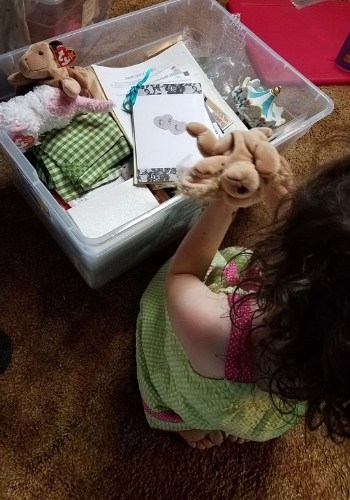
It’s important to note that I did not get rid of everything. Rather, I downsized three boxes into one bin, and kept the things that I most treasure. Minimalism is about keeping what you value most. And let’s be clear here–you cannot value everything the most.
Maybe releasing those emotional attachments is partially the key to freedom. Realizing that stuff is always going to be a part of our life, but most items are meant to serve us for a season, not forever. When that season has passed, it’s time to let go. (Again, see my journey with getting my life back from my Ideal Self.)
You might find it helpful to close your eyes or turn around and think about the item instead of looking at it and holding it. If when you think about it, you feel you can donate it, then decide to do that immediately. Place the item in a box right away. Don’t get stuck in second-guessing yourself!
Emotions are tricky, and it may also help to have a friend or professional organizer work by your side to help talk it through. Remember that asking yourself practical questions about the item and its usefulness in your current life will help.
Embrace Freedom
The more items I released, the easier it was to breathe. The lighter my heart felt.
I could worship at church more freely.
I wasn’t as worried about all that life may bring.
I felt more at ease at home.
I wasn’t so worried about losing everything in a disaster.
I started trusting a little more.
I wasn’t as weighed down. I wasn’t tied down, and I wasn’t owned by my stuff anymore.
Now, I truly think that it wasn’t just the concept of minimalism that began to change my heart. I believe God was impressing the Biblical perspective of minimalism to help break my attachment to stuff. To dig more into what the Bible says about stuff, I highly recommend reading Enough by Will Davis Jr.
The desire to shop sometimes comes and goes. Target and Amazon are still tempting. I still think that some things would be nice to have. But, overall, those desires have faded a great deal, and it’s easier to say no to going to the store or opening Amazon.
I became incredibly grateful for what our family had, and the desire to help and give to others increased.
Final Thoughts on Finding Freedom in Minimalism
Here’s the thing. It’s not magic. It’s not the one thing that’s going to change your life. Minimalism will not save you.
It’s simply a tool that helps us step back from our (usually unhealthy) relationship and attachment to stuff and take in the most important things in life. Does it mean we can’t own stuff? No. But it does mean we need to start looking at our stuff a little differently.
The life-giving lightness means you aren’t frustrated by messes everywhere. It’s a lightness that is full of everything you need and nothing you don’t. This is not empty rooms and homes. This is an ordered simplicity that gives you back your time, your energy, positive emotions, and space to live.
Related Articles on Minimalism:
- The Life-Changing Lesson from Minimizing My Shoes
- Minimalism When Your House Isn’t Picture Perfect
- My Minimalism Journey || What Our Home Actually Looks Like (Before & After)
WANT TO SAVE THE LIFE-GIVING LIGHTNESS OF MINIMALISM FOR LATER? PIN TO YOUR FAVORITE PINTEREST BOARD HERE:
